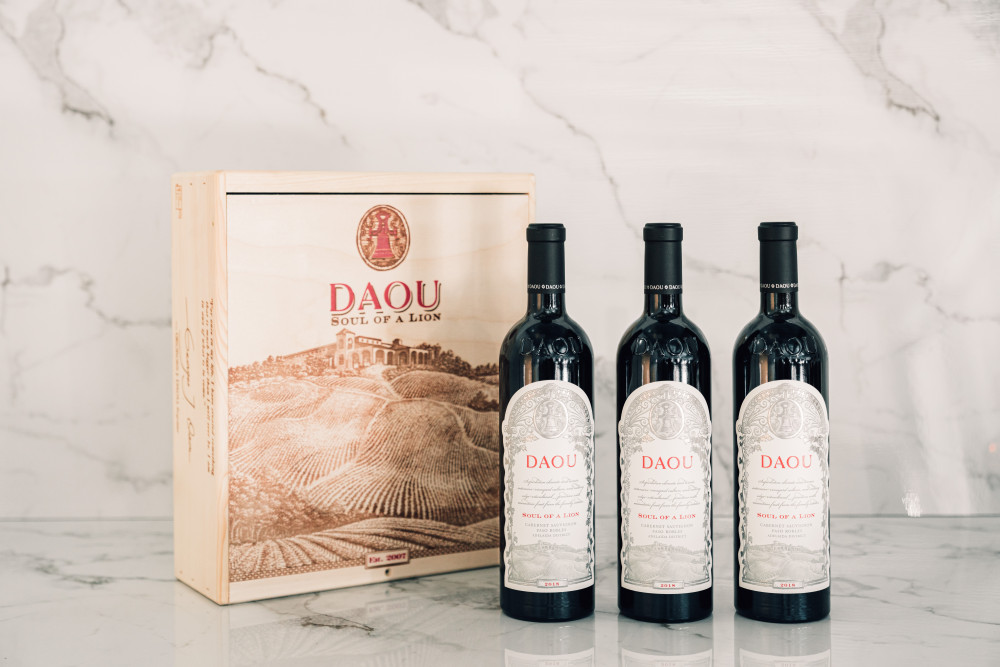Central Coast
California's Central Coast is known for its exceptional wines. Modern winemakers, its diverse terroir and optimal blends of grape varities all contribute to the status of Central Coast.
The Best Wines from the Central Coast
California's Central Coast is known for its exceptional wines. Modern winemakers, its diverse terroir and optimal blends of grape varities all contribute to the status of Central Coast.
The area is divided into northern and southern regions with AVAs like Santa Lucia and Paso Robles. Monterey County which is renowded for its Pinot Noir and Chardonnay wines. Additionally, the Santa Cruz Mountains and the Santa Barbara County produce excellent wines.
But of course, small and renowned wineries like Sine Qua Non made the region known to fine and rare wine lovers worldwide...
History of wines from Central Coast
Vineyards were initially planted in the Central Coast during the 1700s as early explorers from Spain discovered wild grapes. Spanish missionaries established the most early vineyards as they mainly cultivated the Mission variety. They moved north from San Diego and Los Angeles counties towards San Francisco. During the 1920 (which was a era of prohibition) the burgeoning wine industry faced near-obliteration. Which only began to revive during the American wine renaissance of the (1960s-1970s), that was driven by winemakers exploring the unique expressions of terroir in California.
The terroir of wines from Central Coast
The majority of the viticulture area lie in the valley that leads into the Pacific Ocean. The proximity of the coast favours the cultivation of the vines , especially in the mornings. Basically, the temperature is lower, the atmosphere is humid, and the exposure of the sun is limited by the formation of clouds.
The San Andreas Fault shapes the type of soils prevalent in the Central Coast AVAs. To the west, limestone-rich soils from an ancient seabed can be found. The Salinas Valley has shale and loam type of soil, while the San Francisco Bay area features sandy and gravelly soils. Even the soil depth varies, favouring wine quality in mountains and high yields in valleys.
Classifications of wines from Central Coast
In the late 1970s, the Bureau of Alcohol, Tobacco, and Firearms (BATF) established the American Viticultural Areas (AVAs) to legally designate wine regions based on geographic characteristics. The Central Coast AVA includes multiple sub-regions and has over 27 AVAs. These AVAs are known for producing diverse styles and expressions. This AVA's winegrowing area stretches from Santa Barbara to San Francisco, including the esteemed regions like the York Mountains and Santa Ynez Valley.
Wine producers
Other Appellations



